The Vagabond Lover (1929) Online
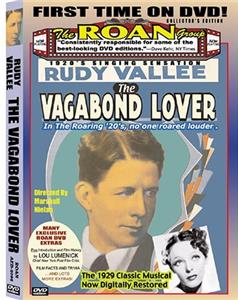
College senior Rudy Bronson forms a band with other students and decides to take them to the Long Island home of Ted Grant, his mail order saxophone teacher. Grant and his manager, however, annoyed at Rudy's persistent attempts for admittance, flee to the city. The band makes one last attempt to enter the house by breaking down the door, but they are witnessed by the neighbor, Mrs. Whitehall and her charming niece Jean, who call the police thinking they are burglars. Sport, one of the band members, tells the policeman that Rudy is the famous Ted Grant and lost his key, and Rudy goes along with the deception to avoid jail. Rudy then accepts Mrs. Whitehall's invitation to perform at her upcoming benefit for orphans, because he has fallen in love with Jean. But what will happen, he worries, when Jean finds out the truth.
| Complete credited cast: | |||
| Rudy Vallee | - | Rudy Bronson | |
| Sally Blane | - | Jean Whitehall | |
| Marie Dressler | - | Ethel Bertha Whitehall | |
| Charles Sellon | - | Chief of Police George C. Tuttle | |
| Nella Walker | - | Mrs. Whittington Todhunter | |
| Edward J. Nugent | - | Sport (as Eddie Nugent) | |
| Danny O'Shea | - | Sam | |
| Alan Roscoe | - | Jay Stein - Grant's Manager | |
| The Connecticut Yankees | - | Musical Ensemble |
Rudy Vallee's movie debut.
This was one of the earliest of the more than 700 titles included in the RKO Radio feature film package released to television in late 1955 by the C&C Television Corp. Because of its age, telecasts were few and far between, but determined viewers were rewarded with its broadcasts in Pittsburgh Friday 27 December 1957 on KDKA (Channel 2), in Washington DC Wednesday 18 June 1958 on WTTG (Channel 5), and in San Francisco Monday 16 November 1959 on The Late Show on KPIX (Channel 5). It now receives an occasional airing on Turner Classic Movies, most recently Tuesday 14 June 2016 as part of their tribute to their Star of the Month, Marie Dressler.
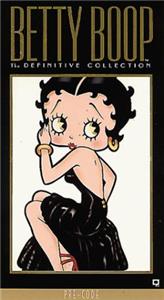
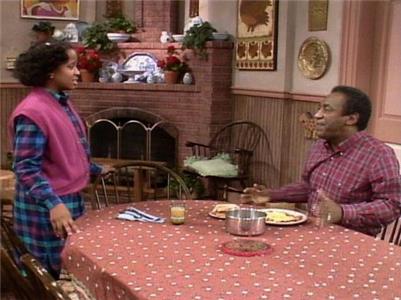
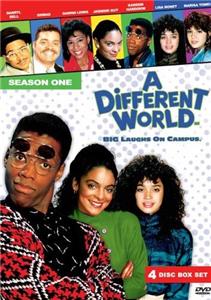
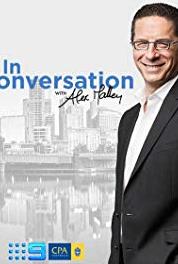
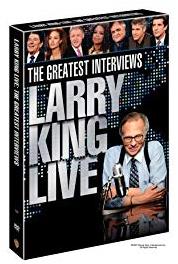
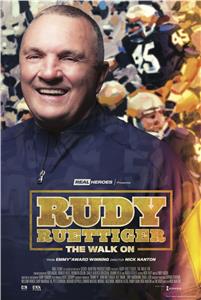
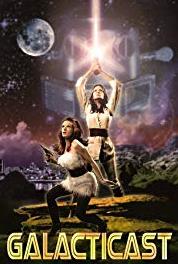

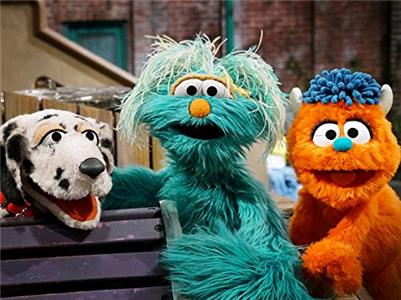
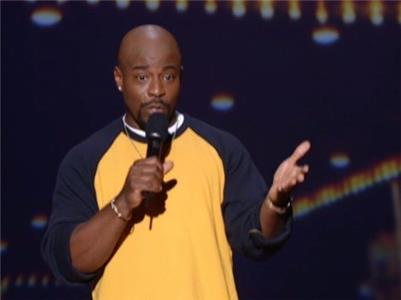
User reviews